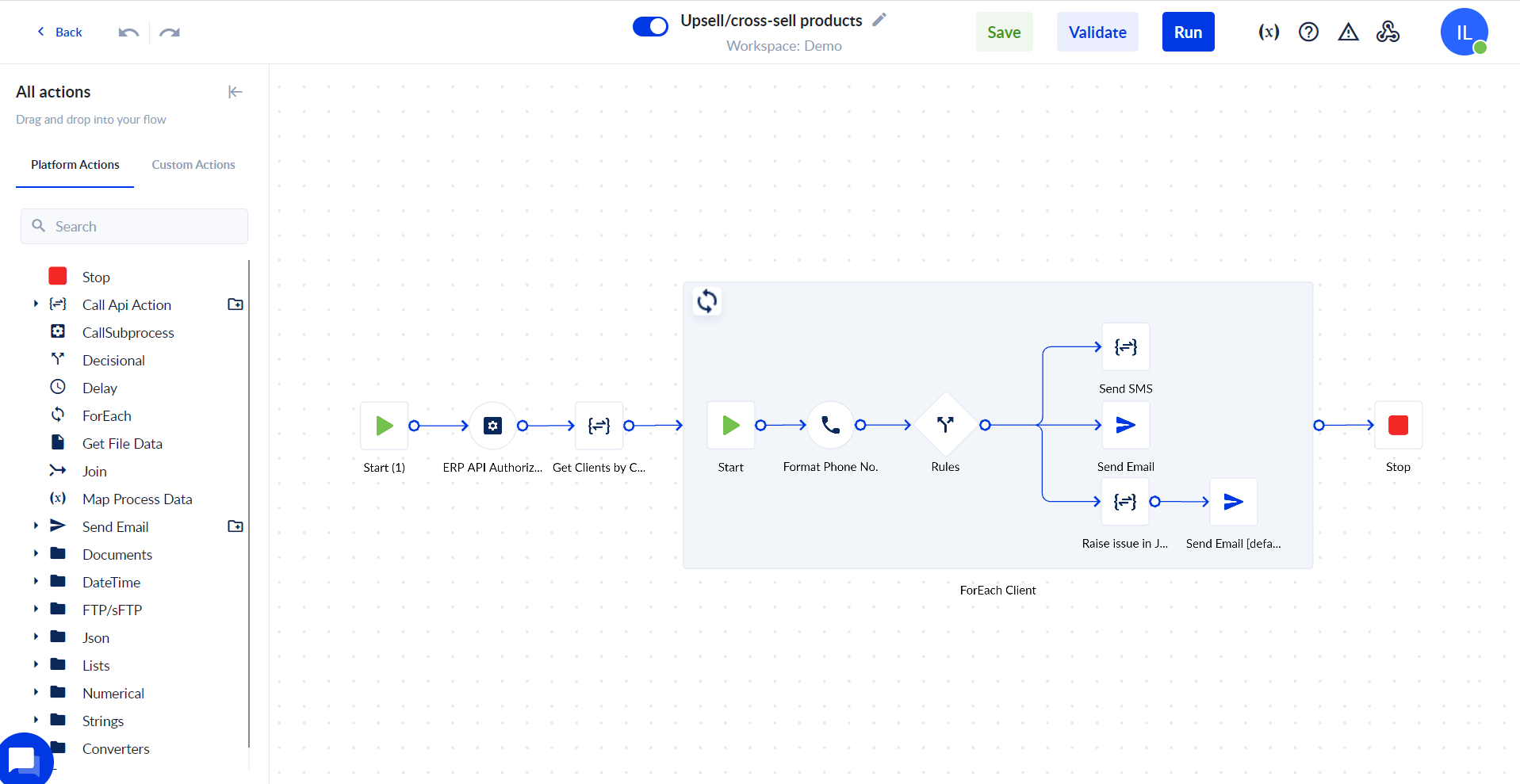Automation within organizations comes in handy, especially when performance and efficiency are crucial to business success. HR is vital to any company as it is the bridge between prospective employees and their career goals.
Since the global pandemic crisis has hit every industry, it’s more important than ever for HR teams to have a good crisis management strategy in place.
While many organizations think that automation is expensive to implement, modern solutions such as no-code technology make it easier for companies to be more agile.
These visual software development platforms enable HR and recruiting staff to replace spreadsheets with more efficient workflows, create talent analytics dashboards, and develop surveys while reducing manual tasks.
This post will go through what it means to implement no-code technology within HR departments and the benefits of such applications.
No-Code and HR departments
A report from 2020 shows that while 74% of organizations look for integrating various functions in the HR department, only 37% of them have already implemented such technology. Additionally, 34% of the companies have procured multiple HR technologies but are not fully integrated.
When it comes to implementing HR technologies, companies face several challenges: budget constraints, leadership buy-in and skills, and competencies. In the following paragraph we’ll get into more details on how the no/low-code technology can tackle these challenges and what are its benefits.
In the case of a significant crisis, such as COVID-19, HR teams act as a filter between the flow of information coming in from employees across the organization and the one going out to the business and its employees.
Benefits
There’s no question that both no/low-code technology and automation provide countless benefits for organizations, but what is the case for HR?
The first palpable benefit is cost-time effectiveness. Since the beginning of the COVID-19 crisis and the sudden shift to remote work, HR departments have been flooded with document management, holiday requests, sick leave absences, and so many other services that usually were solved in no time.
In the past, performing such duties was much easier in an office than remotely. With the help of no-code technology, HR departments can increase productivity and efficiency by automating onboarding processes for new hires, sick leave, company policy updates, healthcare safety and benefits programs, and document management.
Having a completely automated process to manage all of the above can save HR departments a lot of time while drastically reducing the costs needed for implementation.

The second benefit is digital transformation. Most companies still struggle with it and perceive it as a time-consuming process. No-code technology can be the cornerstone of any company that wants to innovate and empower its HR employees to become “citizen developers.”
Citizen developers can build the applications they need themselves, without resorting to engineering support. Keeping in mind the current situation, the HR departments are on edge. Most work towards offering a comprehensive system to answer all employee questions, limit friction to daily operations, and boost employee morale.
The third benefit is integration. No/low-code platforms solve the challenge of integrating multiple technologies within budget constraints. Anyone within the HR department of any organization can create robust apps, scaled particularly to the needs of the business, regardless of its size.
Digitizing HR processes through no-code automation helps reduce manual tasks, use less paper, and email trails at work, speeding up the request and approval process through workflows, and giving each employee and HR team time to focus on strategically essential business tasks.
Conclusion
There’s no question that automation and no-code technology provide numerous benefits for any company, especially within HR departments. As the demand for automation rises, no-code technology is becoming a high priority because CIOs are letting the non-tech workforce use this approach to build solutions rapidly to increase productivity and efficiency.
Regardless of the numerous benefits, if the HR department has not used no-code technology in the past, there’s no knowledge of future performance. In this case, it’s best to try it out by finding an intelligent group of individuals who understand company workflows and are willing to learn to become citizen developers.
Want to find out more about streamlining flows with no/low-code technology? Open an account today or get in touch with us, as we’re happy to help your organization take advantage of increased productivity.

